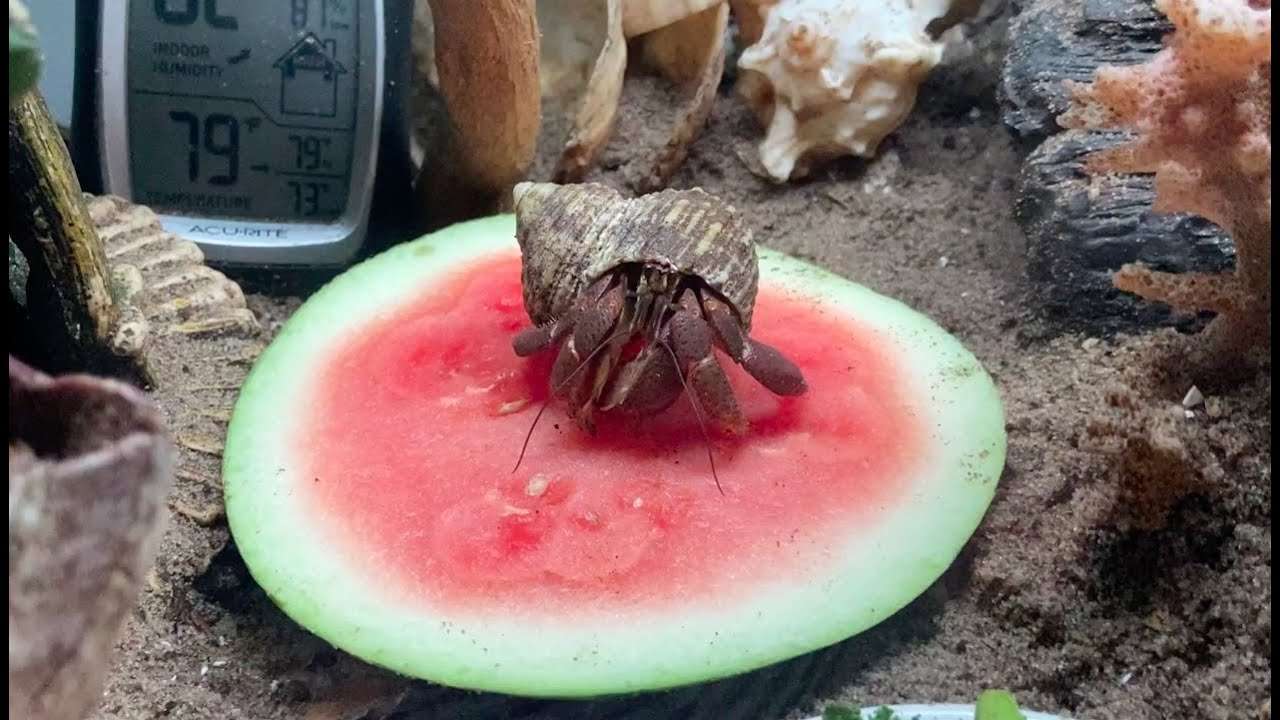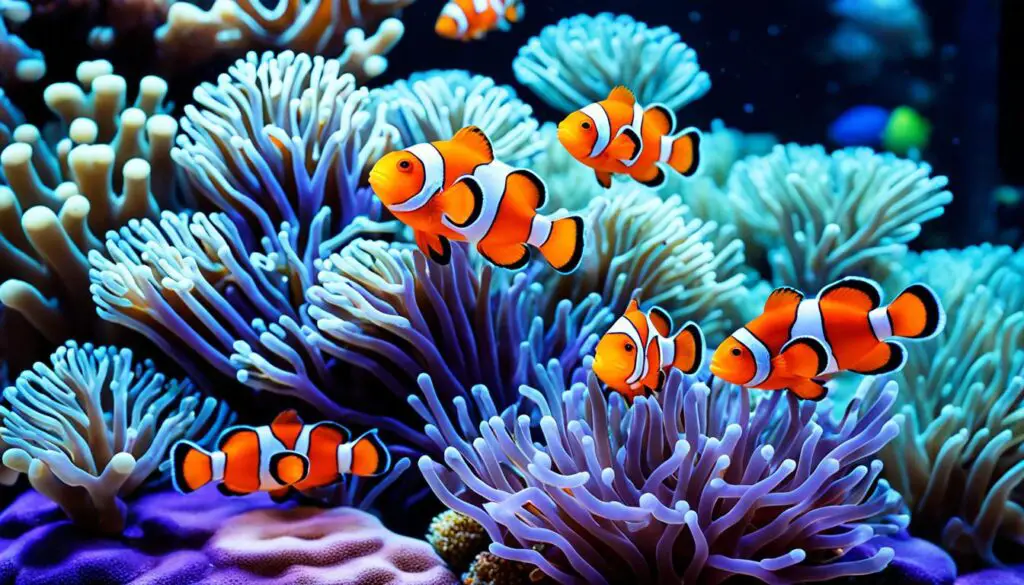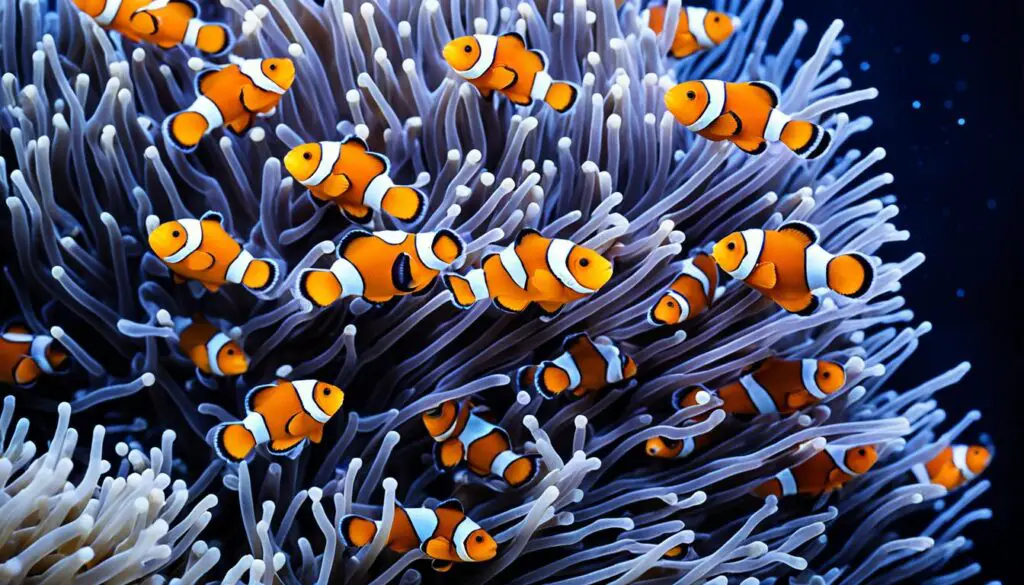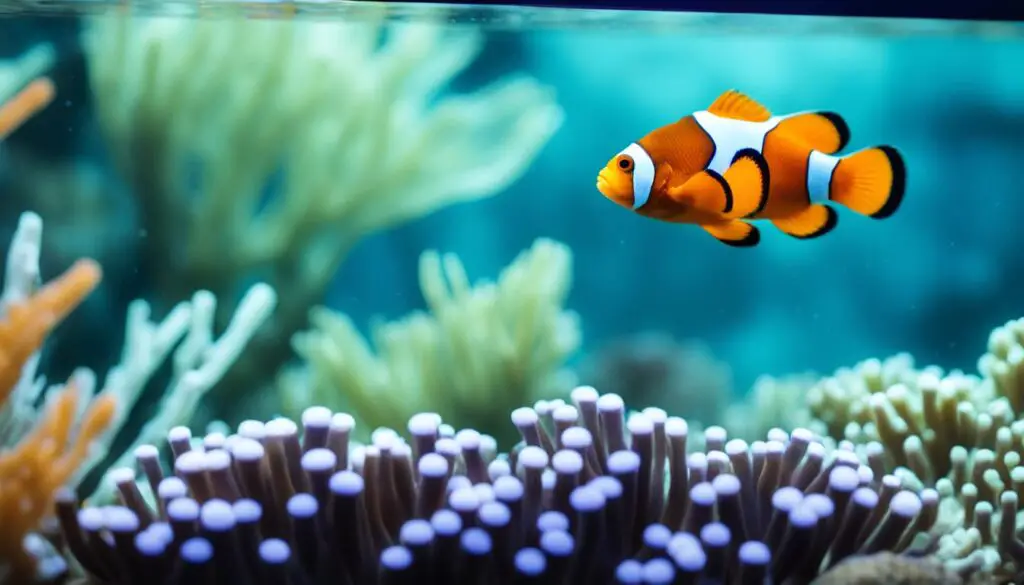What Fruits Can Hermit Crabs Eat

Introduction
What Fruits Can Hermit Crabs Eat: Hermit crabs, those fascinating little creatures that carry their homes on their backs, are not just intriguing pets; they also have specific dietary needs that are crucial to crabs health and well-being. While these crustaceans are primarily scavengers, feeding on a variety of organic materials they encounter in their natural habitat, it’s essential for hermit crab owners to provide a balanced diet in captivity.
One key aspect of this diet is fruits. Fruits offer a wide array of essential nutrients, including vitamins, minerals, and natural sugars, that contribute to a hermit crab’s overall health. While it might not be immediately apparent, hermit crabs are known to be quite picky eaters when it comes to fruits. Some fruits are not only safe but also quite popular among these curious creatures, while others should be avoided altogether due to potential harm.
We will discuss the safe and nutritious options, such as apples, bananas, and berries, and highlight the ones that should be approached with caution or completely avoided. Providing a proper fruit selection is a vital part of ensuring that your hermit crabs lead a long, healthy, and happy life in captivity. So, let’s embark on this journey to discover the fruity delights that hermit crabs can enjoy.

What type of fruits can hermit crabs eat?
Safe fruits for your hermit crab to eat include:
- Mango.
- Papaya.
- Coconut (fresh or sugar-free dried)
- Apple.
- Banana.
- Grapes.
- Pineapple.
- Strawberry.
Hermit crabs have a diverse palate when it comes to fruits, and providing them with the right options is crucial for their well-being. Safe and nutritious fruits for hermit crabs include apples, bananas, grapes, blueberries, and strawberries. These fruits are not only relished by hermit crabs but also offer a rich source of vitamins, minerals, and natural sugars that contribute to their overall health.
Apples are a popular choice, but they should be offered in small, manageable pieces, as hermit crabs may struggle with larger chunks. Bananas, when ripe, are a favorite, offering potassium and dietary fiber. Grapes, blueberries, and strawberries are not only tasty but also provide essential antioxidants and vitamins that can boost a hermit crab’s immune system.
Remember to remove any uneaten fruit to prevent mold growth and maintain a clean habitat. While these fruits are generally safe, it’s crucial to avoid feeding hermit crabs citrus fruits, as they can be harmful. Avocado should also be kept off the menu due to its potential toxicity.
Hermit crabs can enjoy a variety of fruits as part of their diet, providing them with essential nutrients and a bit of culinary variety in their lives. Choosing the right fruits and offering them in moderation will keep your hermit crabs happy and healthy.
Can you feed hermit crabs fruit?
Hermit crabs not only love vegetables and fruits, they are able to consume a wide variety of them. You should change up the menu by rotating between kale, broccoli, bananas, and any other safe fruit or veggie, like mangoes, papaya, and coconut. These fascinating crustaceans are omnivores, which means they consume a variety of organic materials, including fruits, in their natural habitat.
Fruits offer several benefits to hermit crabs. They are a source of essential nutrients, including vitamins, minerals, and natural sugars. These nutrients contribute to their growth and vitality in captivity. Providing a balanced diet that includes fruits helps to create a happy and thriving environment for your hermit crab companions.
However, it’s crucial to offer fruits in moderation, as excessive consumption can lead to nutritional imbalances. Additionally, not all fruits are suitable for hermit crabs. Safe choices include apples, bananas, berries, and grapes, while fruits like citrus and avocados should be avoided due to potential harm or toxicity.
Fruit can be a delightful addition to your hermit crab’s menu, providing them with essential nutrients and adding variety to their diet. By selecting the right fruits and offering them in appropriate quantities, you can ensure your hermit crabs enjoy a balanced and nutritious diet in captivity.
What do hermit crabs eat for food?
Hermit crabs are opportunistic, scavenging omnivores that feed upon a wide variety of foods such as fruit, vegetables, insects and even carrion.
Hermit crabs are fascinating creatures with a unique dietary preference. In their natural habitat, these omnivorous crustaceans are opportunistic scavengers, consuming a wide range of organic matter they find on the ocean floor. This diet includes decaying plants, dead animals, algae, and detritus. However, when kept as pets, it’s essential to provide them with a well-rounded and balanced diet to ensure their health and longevity.
In captivity, hermit crabs can be fed a variety of foods. Their diet typically consists of commercial hermit crab food, which is specially formulated to meet their nutritional needs. Additionally, fresh and natural foods can be included to mimic their natural diet. This can include fruits like apples, bananas, and berries, as well as vegetables like carrots and leafy greens. Proteins like small pieces of cooked chicken or fish are also appreciated.
Hermit crabs require access to both saltwater and freshwater to maintain their health, as they need to soak and drink in both. Providing a dish of dechlorinated freshwater and another with marine-grade saltwater is crucial for their hydration and osmoregulation.
Hermit crabs eat a varied diet, including commercial hermit crab food, fruits, vegetables, and proteins. Ensuring they have access to both freshwater and saltwater is essential for their well-being. A diverse and balanced diet helps create a thriving environment for these captivating pets.
Can hermit crabs eat anything?
In the wild, land hermit crabs are omnivores, meaning they eat both plant and animal matter. In captivity, their diet should be based on a balanced commercial food supplemented with a variety of fresh foods and treats.
While hermit crabs are opportunistic scavengers and have a relatively broad diet in the wild. Hermit crabs, like any other creatures, have specific dietary requirements and limitations, especially when kept as pets.
There are certain foods that are safe and suitable for hermit crabs. These include commercial hermit crab food, a range of fruits and vegetables, and small amounts of proteins like cooked chicken or fish. These options provide the essential nutrients, vitamins, and minerals that hermit crabs need to thrive in captivity.
However, hermit crabs should not be fed just anything that may be lying around the kitchen. There are specific foods that can be harmful or toxic to them. It’s crucial to avoid feeding them items like processed or salty foods, sugary treats, caffeine, alcohol, and any food with spices or seasonings. Some fruits and vegetables, like citrus and avocados, should be strictly avoided due to their potential toxicity.
While hermit crabs have a reasonably varied diet, they cannot eat anything. Providing them with a carefully selected and balanced menu is vital to ensure their health and well-being. Responsible hermit crab owners must be aware of what is safe and suitable for these unique pets and avoid offering potentially harmful or toxic substances.
Do hermit crabs eat small fish?
Hermit crabs are opportunistic scavengers that will eat small fish, vegetables, brine shrimp, and fish flakes.
Hermit crabs are primarily scavengers and opportunistic feeders in their natural habitat, consuming a variety of organic matter they come across, which may include small, decaying marine animals like fish. However, when it comes to hermit crabs kept as pets, the inclusion of small fish in their diet is not a common practice and requires certain considerations.
Feeding small fish to hermit crabs can be done, but it must be approached with caution. It is essential to ensure that the fish is thoroughly cooked, as raw fish may contain parasites or bacteria that could harm the hermit crabs. Additionally, the fish should be provided in small, manageable portions, as hermit crabs can have difficulty breaking down large or tough pieces of food.
It’s crucial to offer variety in their diet, which may include small amounts of cooked fish along with other foods like commercial hermit crab food, fruits, and vegetables. Keep in mind that hermit crabs have specific dietary requirements, and while fish can be part of their diet, it should not be the sole source of nutrition.
Are there any fruits that hermit crabs should avoid?
Citrus fruits like oranges, lemons, and limes are best to steer clear of, as they can be too acidic for their sensitive digestive systems. Additionally, grapes and raisins should be omitted from their diet due to potential choking hazards and high sugar content. Avocado, while a nutritious choice for humans, contains a compound called persin that can be toxic to some animals, including hermit crabs, so it’s best to avoid feeding it to them.
Pits or seeds from fruits like cherries, peaches, and plums can pose a choking hazard or contain small amounts of toxins that may be harmful to hermit crabs. It’s important to always remove these parts before offering the fruit to your hermit crab. Lastly, fruits that are high in water content, like watermelon, should be fed in moderation to prevent over-hydration.
Providing a balanced and varied diet is essential for the health and well-being of hermit crabs. Alongside fruits, they should also have access to a selection of vegetables, leafy greens, and protein sources like cooked meat or seafood. Remember to research and monitor their dietary needs closely to ensure they receive the best nutrition possible.
How often should I feed fruits to my hermit crabs?
Feeding frequency for hermit crabs largely depends on their individual preferences, activity levels, and the variety of foods offered. In general, fruits should be provided as a supplement to their primary diet of vegetables, leafy greens, and protein sources. Offering fruits every two to three days is a good starting point. However, it’s crucial to observe their eating habits and adjust accordingly. If you notice uneaten fruit accumulating in their enclosure, reduce the frequency to prevent spoilage and maintain a clean environment.
Variety is key. Rotating through different fruits ensures a diverse nutrient intake and prevents them from becoming too reliant on a single type. Always prioritize fresh, organic options and remove any uneaten portions promptly to maintain hygiene.
Pay attention to their behavior and overall health. If your hermit crabs appear less active, show disinterest in food, or display any unusual behavior, it might be an indicator that their diet needs adjustment. Consulting with a knowledgeable exotic pet veterinarian can provide valuable insights into tailoring a feeding schedule that best suits the specific needs of your hermit crabs. Remember, a balanced diet is crucial for their well-being and longevity.
Can I give my hermit crab fruit peels or skins?
While some fruit peels or skins are safe for hermit crabs in small amounts, it’s generally advisable to remove them before offering fruits. Certain peels, like those from citrus fruits (oranges, lemons, etc.), can be too acidic and may irritate their sensitive digestive systems. Additionally, peels from fruits like apples and pears can be tough and difficult for hermit crabs to consume, potentially leading to choking hazards.
However, there are exceptions. Banana peels are safe and can be a nutritious treat for hermit crabs, but they should be offered in moderation due to their high sugar content. Make sure to wash the peel thoroughly to remove any pesticides or residues.
Always err on the side of caution and research each fruit’s suitability before feeding it to your hermit crab. If you decide to offer a fruit with a peel, it’s best to chop or shred it into small, manageable pieces to make it easier for your pet to eat. As with any new food, monitor their reaction and adjust their diet accordingly. Remember, a balanced and varied diet is essential for the health and well-being of your hermit crabs.

Conclusion
Understanding what fruits hermit crabs can eat is essential for any responsible hermit crab owner. These intriguing crustaceans, with their unique housing arrangements and inquisitive nature, deserve to be provided with a well-rounded diet that includes a variety of fruits.
Throughout this exploration, we’ve learned that hermit crabs can enjoy a range of fruits, such as apples, bananas, and berries, all of which provide vital nutrients to support their overall health. However, it’s equally important to exercise caution and avoid certain fruits like citrus and avocados, which can be harmful or even toxic to them.
Maintaining a balanced diet for hermit crabs, including fruits and other food sources, ensures they remain healthy and vibrant in captivity. Moreover, it fosters a deeper connection between pet owners and their unique, shelled companions.
We must always be mindful of our hermit crabs’ dietary requirements, providing a diverse menu that caters to their nutritional needs and preferences. By doing so, we can offer these captivating creatures the best chance for a thriving and contented life in their miniature shells, enriching our own lives with the joy of observing and caring for these remarkable animals. So, remember to choose their fruity treats wisely and continue to provide the best possible care for your hermit crab friends.



